Plasma proteins production, classification and properties, Coagulation of blood;anticoagulants and Hemorrhagic disorders
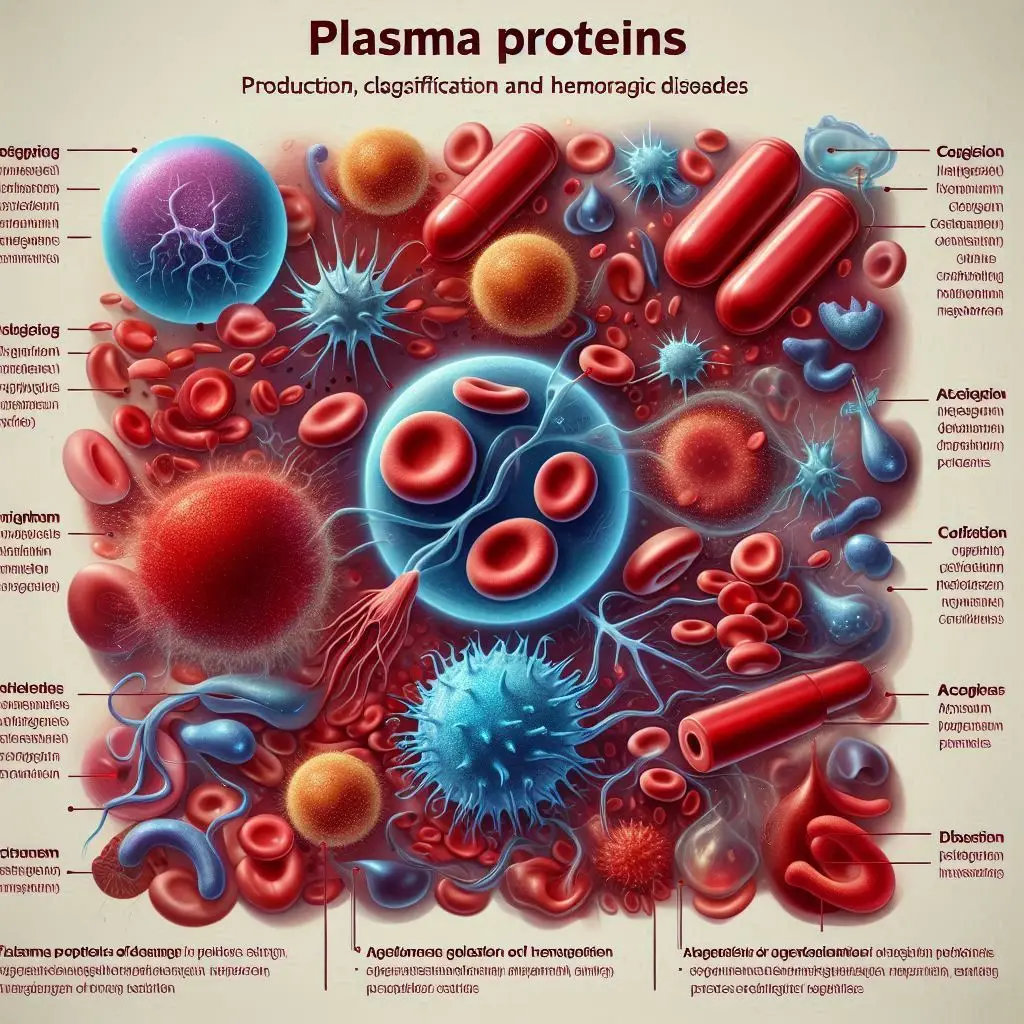
Understanding Plasma Proteins
Plasma proteins are vital components of blood plasma, playing crucial roles in various physiological processes. They serve multiple functions, including maintaining osmotic pressure, transporting nutrients, hormones, and waste products, and facilitating blood coagulation. This article delves into the classification, properties, and significance of plasma proteins, alongside their role in coagulation, anticoagulants, and hemorrhagic disorders.
What Are Plasma Proteins?
Plasma proteins are a diverse group of proteins found in blood plasma, constituting about 7% of the total blood volume. They are primarily synthesized in the liver, with the exception of immunoglobulins, which are produced by plasma cells. Plasma proteins can be classified into three main categories:
- Albumins
- Globulins
- Fibrinogen
1. Albumins
Albumins are the most abundant plasma proteins, accounting for approximately 55% of total plasma protein content. They are crucial for maintaining oncotic pressure, which is essential for proper fluid balance between blood vessels and surrounding tissues. Albumin also serves as a carrier for various substances, including:
- Fatty acids
- Hormones (e.g., steroid hormones)
- Drugs
2. Globulins
Globulins make up about 38% of plasma proteins and are further divided into three subclasses:
- Alpha globulins: Involved in transporting lipids and fat-soluble vitamins.
- Beta globulins: Play a role in iron transport and immune responses.
- Gamma globulins (immunoglobulins): Function as antibodies, crucial for immune defense against pathogens.
3. Fibrinogen
Fibrinogen constitutes about 7% of plasma proteins and is vital for blood coagulation. Upon activation during the clotting process, fibrinogen is converted into fibrin, which forms the structural framework of blood clots.
Properties of Plasma Proteins
Plasma proteins exhibit unique properties that are essential for their functions:
- Solubility: Most plasma proteins are soluble in water, allowing them to circulate freely in the bloodstream.
- Size and Structure: Plasma proteins vary in size and structure, influencing their functions. For example, albumin is a relatively small protein, while fibrinogen is a larger, more complex protein composed of multiple chains.
- Charge: The charge of plasma proteins can affect their interactions with other molecules, influencing processes such as transport and immune responses.
The Role of Plasma Proteins in Coagulation
Blood coagulation is a critical process that prevents excessive bleeding when injuries occur. Plasma proteins play a central role in this process through a series of complex interactions known as the coagulation cascade.
The Coagulation Cascade
The coagulation cascade involves two pathways:
- Intrinsic Pathway: Activated by damage to blood vessels, this pathway involves several clotting factors, including factor XII, XI, IX, and VIII.
- Extrinsic Pathway: Triggered by external trauma, this pathway is initiated by tissue factor (TF) released from damaged tissues, leading to the activation of factor VII.
Both pathways converge on the common pathway, leading to the conversion of prothrombin to thrombin, which then converts fibrinogen into fibrin, forming a stable blood clot.
Anticoagulants: Mechanisms and Types
Anticoagulants are substances that inhibit blood coagulation, preventing the formation of clots. They are crucial in managing various medical conditions, including thrombosis and embolism. Anticoagulants can be classified into two main categories:
1. Natural Anticoagulants
Natural anticoagulants are proteins produced by the body that help regulate coagulation:
- Antithrombin III: Inhibits thrombin and factor Xa, playing a key role in controlling the coagulation process.
- Protein C and Protein S: Work together to inactivate factors Va and VIIIa, reducing thrombin generation.
- Tissue Factor Pathway Inhibitor (TFPI): Inhibits the extrinsic pathway of coagulation by targeting factor VIIa and tissue factor.
2. Pharmacological Anticoagulants
Pharmacological anticoagulants are used therapeutically to prevent and treat thromboembolic disorders:
- Heparin: A naturally occurring anticoagulant that enhances the activity of antithrombin III, leading to the inhibition of thrombin and factor Xa.
- Vitamin K Antagonists (e.g., Warfarin): Inhibit the synthesis of vitamin K-dependent clotting factors (II, VII, IX, and X) in the liver.
- Direct Oral Anticoagulants (DOACs): Target specific clotting factors, such as factor Xa (e.g., rivaroxaban) or thrombin (e.g., dabigatran), providing a more predictable anticoagulant effect.
Hemorrhagic Disorders: Causes and Types
Hemorrhagic disorders are conditions characterized by excessive bleeding or prolonged bleeding times. These disorders can arise from various factors, including deficiencies in clotting factors, platelet disorders, or vascular abnormalities.
Common Hemorrhagic Disorders
- Hemophilia A and B: Genetic disorders caused by deficiencies in factor VIII (Hemophilia A) or factor IX (Hemophilia B), leading to impaired clot formation.
- Von Willebrand Disease: A bleeding disorder caused by a deficiency or dysfunction of von Willebrand factor, which is essential for platelet adhesion.
- Disseminated Intravascular Coagulation (DIC): A complex disorder characterized by widespread activation of the coagulation cascade, leading to the formation of blood clots and subsequent bleeding.
- Thrombocytopenia: A condition characterized by low platelet counts, which can result from various causes, including bone marrow disorders, autoimmune diseases, or certain medications.
Clinical Significance of Plasma Proteins
The analysis of plasma proteins is crucial for diagnosing and monitoring various health conditions. Techniques such as serum protein electrophoresis and mass spectrometry are commonly used to separate and identify plasma proteins.
Biomarker Discovery
Research into plasma proteins has significant implications for biomarker discovery in clinical settings. By identifying specific proteins associated with diseases, healthcare providers can improve diagnostic accuracy and patient management. For instance, elevated levels of certain proteins may indicate inflammation, infection, or malignancy.
Conclusion
Plasma proteins are essential components of blood plasma, playing critical roles in maintaining homeostasis, facilitating transport, and regulating coagulation. Understanding their classification, properties, and functions is vital for diagnosing and managing various health conditions, including hemorrhagic disorders. Ongoing research into plasma proteins continues to enhance our understanding of their roles in health and disease, paving the way for advancements in clinical diagnostics and therapeutic interventions.
For more pearls of Vets Wisdom:

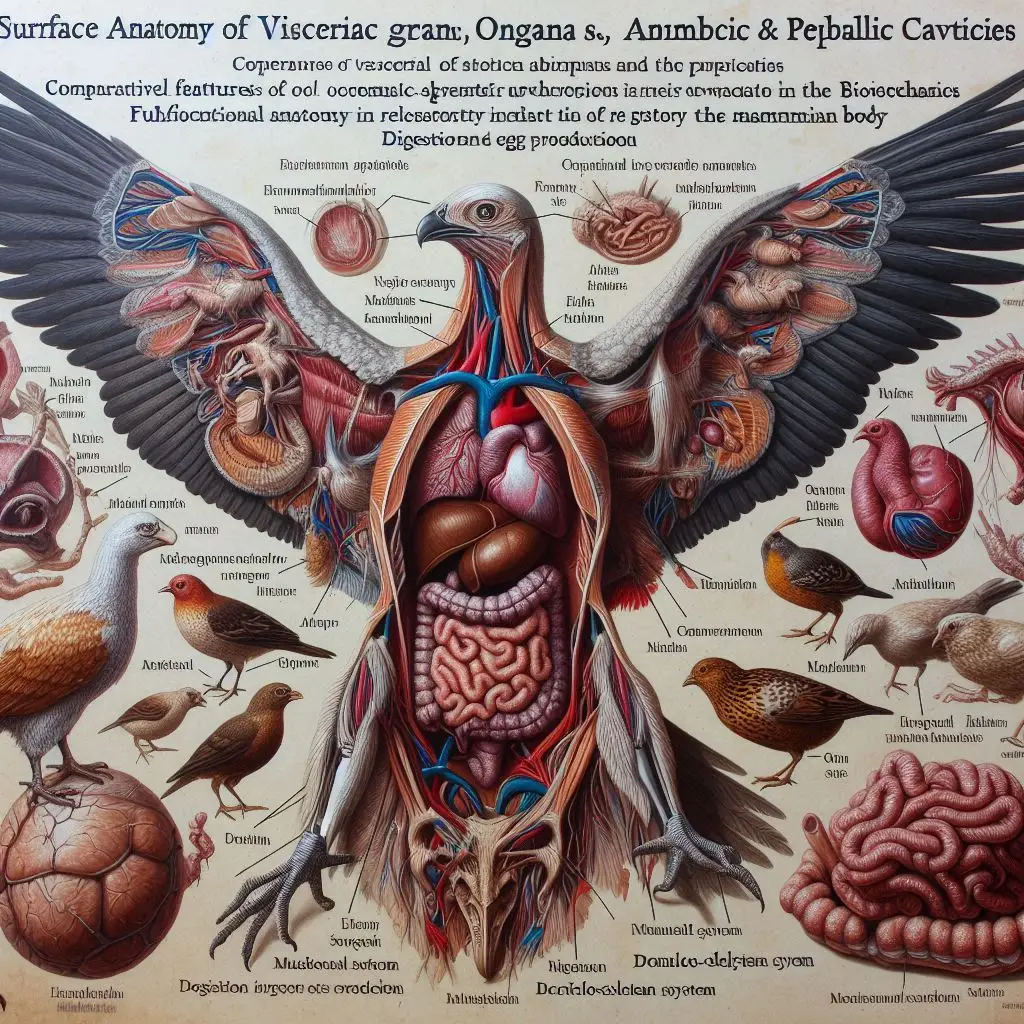

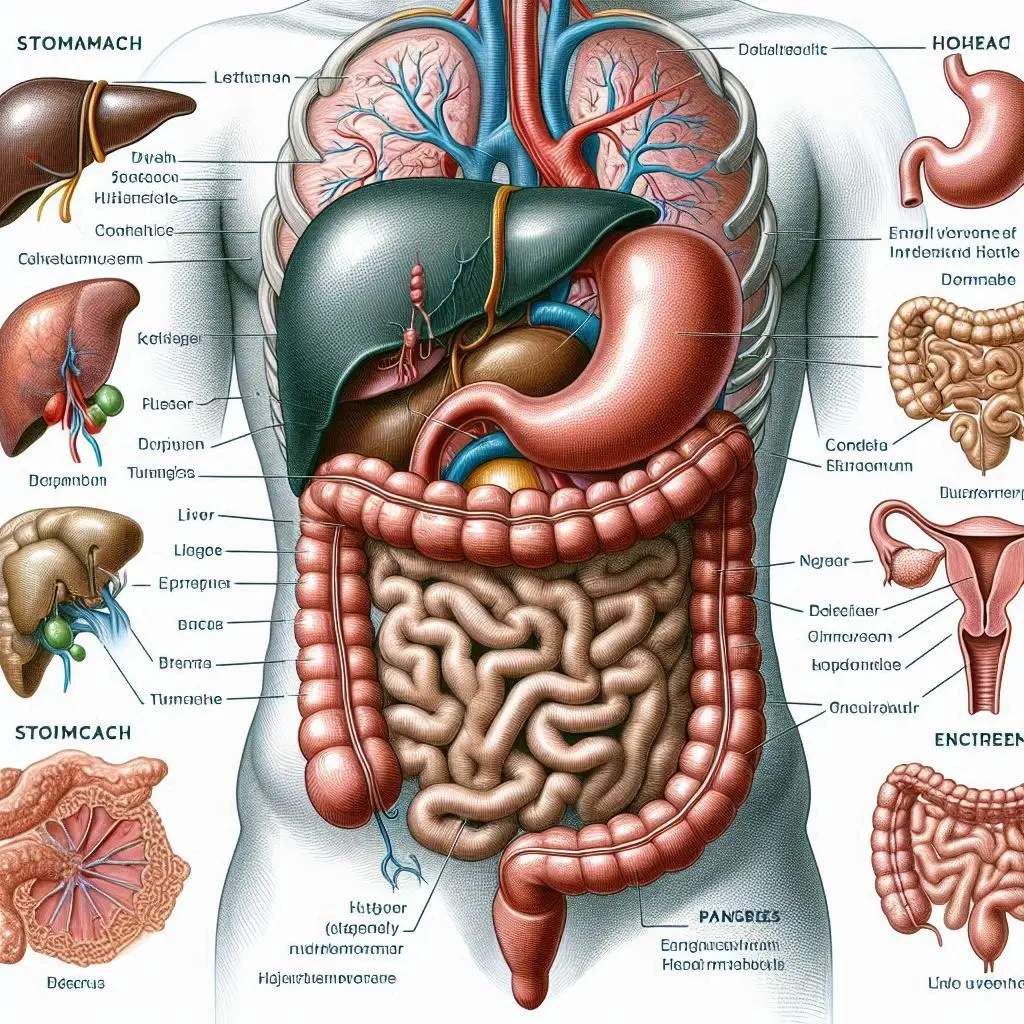
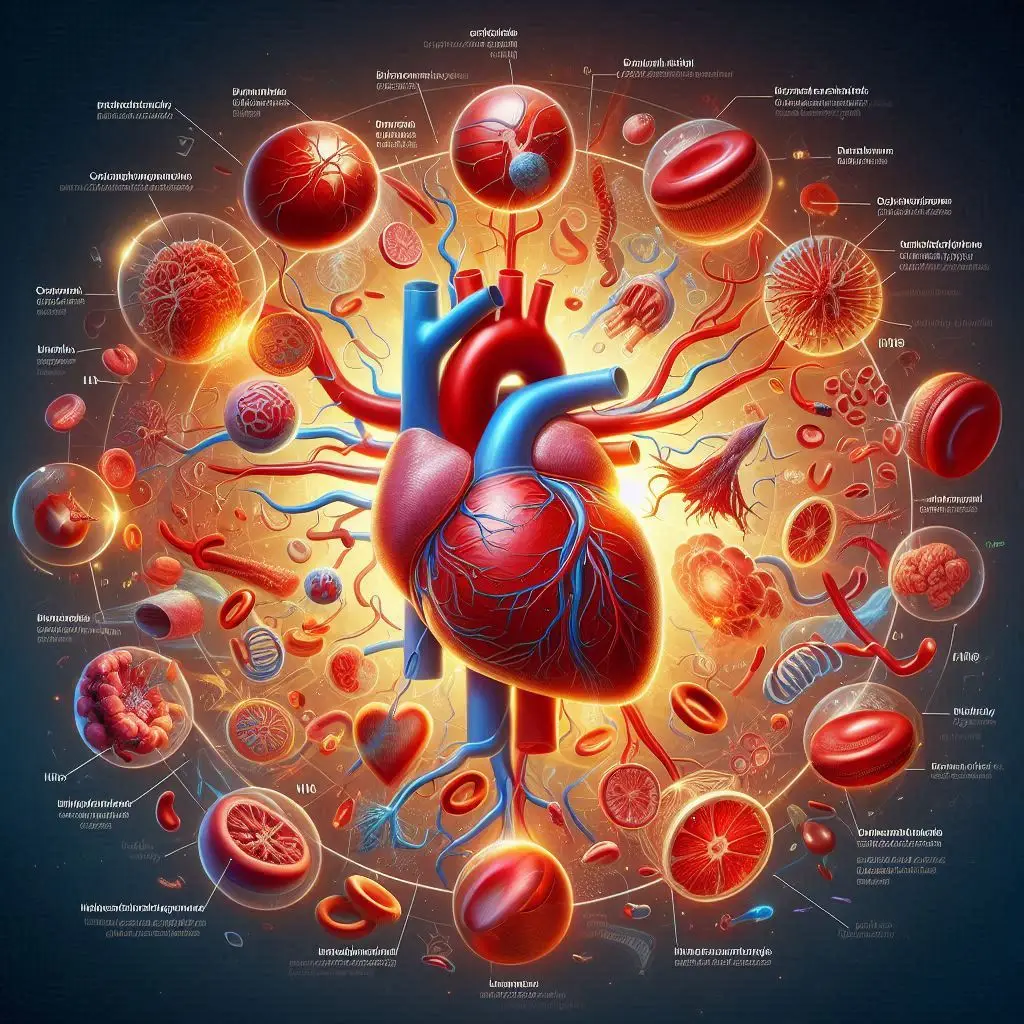
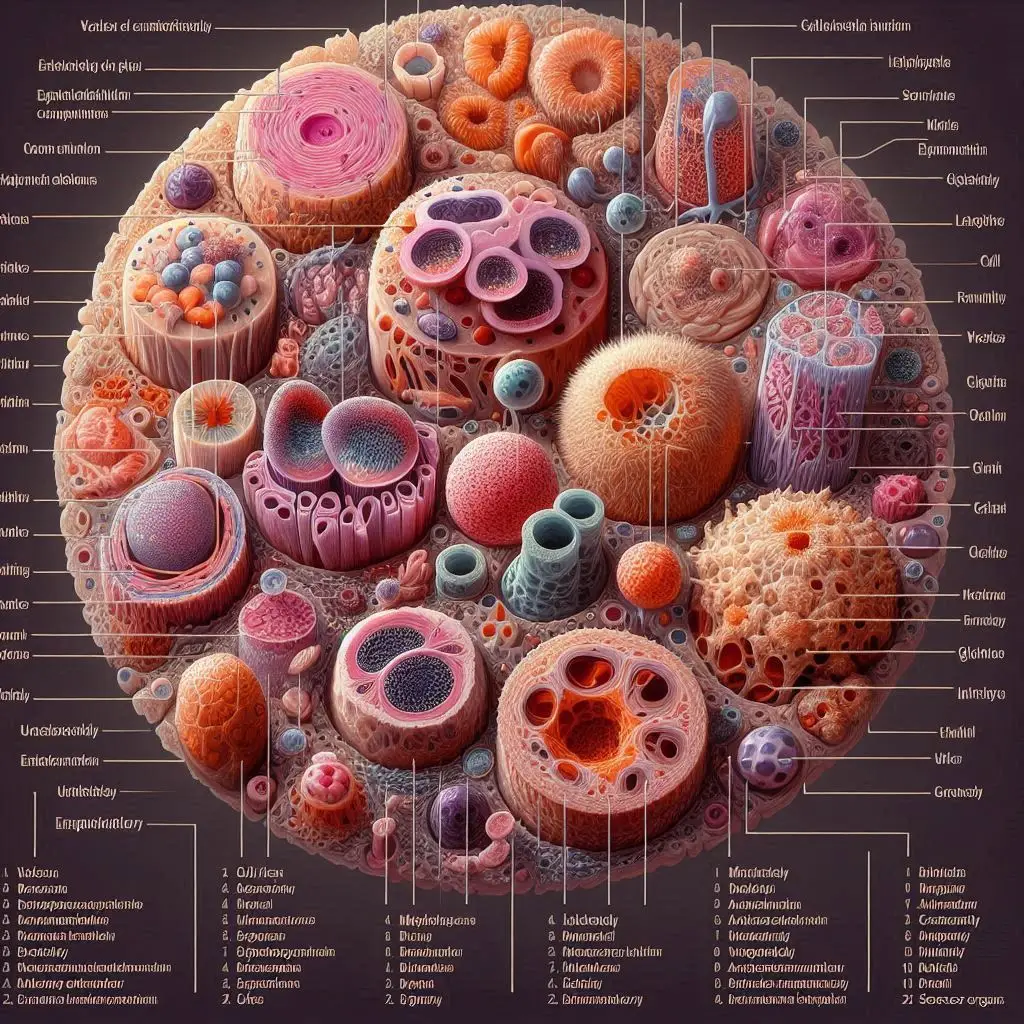
Responses